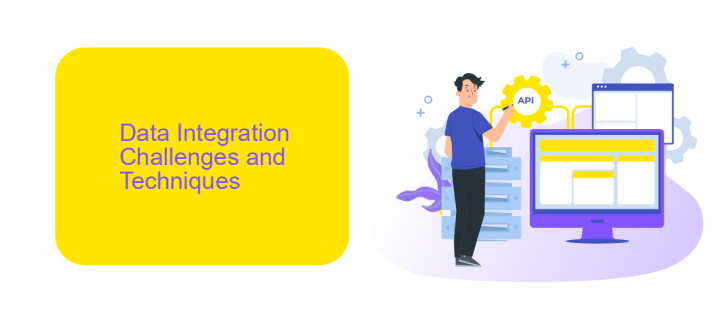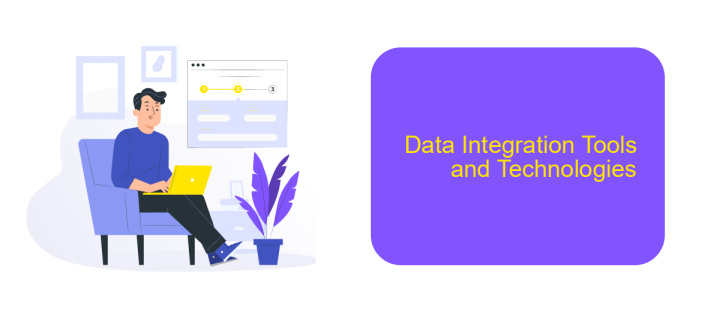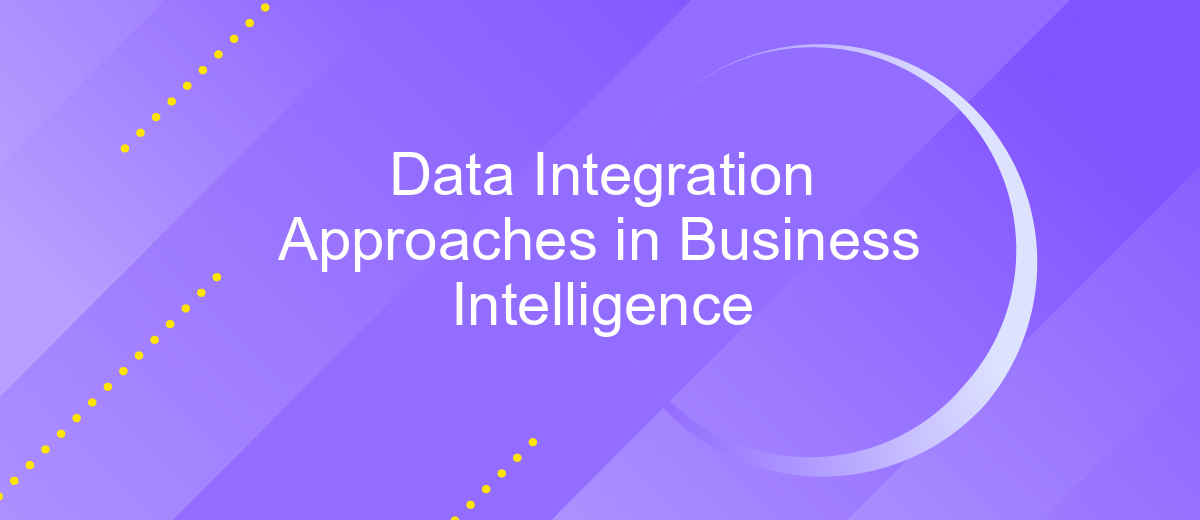Data Integration Approaches in Business Intelligence
In today's data-driven world, businesses rely heavily on Business Intelligence (BI) to make informed decisions. Data integration is a critical component of BI, enabling organizations to consolidate and analyze data from various sources. This article explores different data integration approaches, highlighting their significance, methodologies, and the benefits they bring to enhancing business insights and operational efficiency.
Introduction
In today's data-driven world, businesses rely heavily on Business Intelligence (BI) to make informed decisions. Data integration plays a crucial role in this process by consolidating data from various sources into a unified view. Effective data integration ensures that organizations can access accurate, up-to-date information, which is essential for strategic planning and operational efficiency.
- Combining data from multiple sources
- Ensuring data consistency and accuracy
- Improving data accessibility and usability
- Facilitating real-time data analysis
One of the tools that can streamline data integration is ApiX-Drive. This service allows businesses to easily connect different applications and automate data transfers without requiring extensive technical knowledge. By leveraging such tools, organizations can enhance their BI capabilities, reduce manual data handling, and focus more on deriving actionable insights from their data.
Data Integration Challenges and Techniques

Data integration in business intelligence poses several challenges, including data quality issues, data silos, and the complexity of integrating data from various sources. Data quality issues arise when data is inconsistent, incomplete, or inaccurate, which can significantly impact decision-making. Data silos occur when data is isolated within different departments or systems, making it difficult to get a comprehensive view of the business. The complexity of integrating data from diverse sources, such as databases, cloud services, and third-party applications, adds another layer of difficulty.
To address these challenges, businesses employ various techniques and tools. Data cleansing and transformation processes help improve data quality by standardizing and correcting data. Data warehousing solutions consolidate data from multiple sources into a single repository, facilitating easier access and analysis. Integration platforms like ApiX-Drive offer automated workflows to connect disparate systems, ensuring seamless data flow and reducing manual efforts. These techniques and tools are essential for creating a unified and accurate data environment, enabling businesses to make informed decisions and gain valuable insights.
Data Integration Architectures

Data integration architectures play a pivotal role in the seamless amalgamation of disparate data sources within business intelligence systems. These architectures ensure that data is harmonized, consistent, and readily accessible for analysis and decision-making. Various approaches can be employed to achieve effective data integration, each with its unique advantages and challenges.
- ETL (Extract, Transform, Load): This traditional method involves extracting data from various sources, transforming it into a suitable format, and loading it into a data warehouse or data lake.
- ELT (Extract, Load, Transform): Unlike ETL, this approach first loads the raw data into the target system and then transforms it, leveraging the processing power of modern databases.
- Data Virtualization: This technique allows real-time access to data without physical movement, creating a virtual data layer that integrates data from different sources.
- API Integration: Utilizing APIs to integrate data from various applications and services, enabling real-time data synchronization and accessibility. Tools like ApiX-Drive facilitate this process by providing a user-friendly platform for configuring and managing API integrations.
Choosing the right data integration architecture depends on the specific needs and capabilities of the organization. Factors such as data volume, processing speed, and the complexity of data sources must be considered. By leveraging appropriate tools and methodologies, businesses can ensure that their data integration efforts are efficient, scalable, and aligned with their overall business intelligence strategy.
Data Integration Tools and Technologies

Data integration tools and technologies play a crucial role in the realm of Business Intelligence (BI). They facilitate the seamless amalgamation of data from various sources, ensuring that businesses can derive meaningful insights and make informed decisions. These tools vary in their functionalities, catering to diverse needs such as data extraction, transformation, and loading (ETL), real-time data integration, and data quality management.
One of the prominent tools in this space is ApiX-Drive, which simplifies the process of integrating multiple data sources. ApiX-Drive offers an intuitive interface that allows users to set up integrations without the need for extensive coding knowledge. This ease of use makes it an attractive option for businesses looking to streamline their data processes quickly and efficiently.
- ETL Tools: Talend, Informatica, Apache Nifi
- Real-time Integration: Apache Kafka, AWS Glue, ApiX-Drive
- Data Quality Management: IBM InfoSphere, SAS Data Management
By leveraging these tools and technologies, businesses can ensure that their data is accurate, timely, and readily accessible. This, in turn, empowers organizations to harness the full potential of their BI initiatives, driving growth and innovation.


Conclusion
In conclusion, data integration is a critical component of effective business intelligence, as it allows organizations to consolidate data from various sources into a unified view. This consolidation enhances data accuracy, consistency, and accessibility, enabling more informed decision-making. Different approaches, such as ETL (Extract, Transform, Load), data warehousing, and real-time data integration, offer unique benefits and challenges, making it essential for businesses to choose the right strategy based on their specific needs and resources.
Furthermore, leveraging modern integration tools and services, such as ApiX-Drive, can significantly streamline the integration process. ApiX-Drive offers a user-friendly platform that facilitates seamless data integration across multiple applications and services without requiring extensive technical expertise. By adopting such tools, businesses can reduce the complexity and cost associated with data integration, ultimately leading to more agile and responsive business intelligence solutions.
FAQ
What is Data Integration in Business Intelligence?
What are the common approaches to Data Integration in BI?
Why is Data Integration important for Business Intelligence?
What challenges can arise during Data Integration?
How can automation tools help in Data Integration?
Do you want to achieve your goals in business, career and life faster and better? Do it with ApiX-Drive – a tool that will remove a significant part of the routine from workflows and free up additional time to achieve your goals. Test the capabilities of Apix-Drive for free – see for yourself the effectiveness of the tool.

